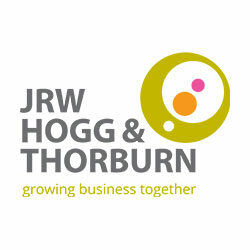Mixed use of a building and VAT
You own a building that has a ground floor shop and a first floor flat, which you rent out. You opted to tax the property many years ago. But have you been dealing with the VAT correctly and can you save some tax in the future? John Craig provides the answers.
Many landlords have opted to tax the buildings that they own, charging VAT on the rent to their tenants. An option to tax election means you can claim input tax on your related property costs, including the original purchase of the building. However, your option to tax election is overridden for any part of the building that has residential use, i.e. the first floor flat in the example above. The rental income is still exempt from VAT.
You should give your commercial tenants a copy of your option to tax letter from HMRC at the start of any rental or lease agreement. This will reassure them that your VAT charge is correct.
However, the exempt rental income from the flat means that you are partially exempt. You cannot claim input tax on costs that directly relate to the flat, e.g. a new kitchen or boiler, and only some VAT on mixed building costs, e.g. roof repair.
Same tenant?
If you have a single rental agreement with one tenant for both the flat and the shop, you should apportion the VAT on the rent, based on open market values. The end result will be that no VAT is charged on the rent for the flat.
There is no specified method of output tax apportionment in law, only that your split should be “fair and reasonable”. A sensible approach would be to consider the rent you would achieve for each part of the building if there were separate tenants.
Past errors
If you have incorrectly charged VAT on residential rent in the past, this is an error that should be corrected going back four years. The tenant will be entitled to the VAT rebate on the basis that you have “added VAT” to their rent. You should refund the VAT to them directly, and then adjust your output tax on your next VAT return to correct the previous error.
However, if you have incorrectly charged VAT on the residential rent, you are still subject to an input tax restriction with partial exemption. The supply was still exempt from VAT and this doesn’t change by incorrectly charging VAT.
If the net value of all errors exceeds £10,000, you should make a disclosure to HMRC, rather than adjusting the VAT on your next return.
20-year rule
It is possible that you might want to sell the building in the future or have a tenant who cannot claim input tax. If your option to tax election has been in place for at least 20 years, you can revoke it with HMRC, meaning that future receipts will be exempt from VAT again.
You could possibly share the VAT saving with your tenant by agreeing a rent increase to compensate you for the input tax loss on your expenses.
CONCLUSION
Your income from the flat will be exempt from VAT, despite your option to tax election. But you cannot claim input tax on any expenses. If your option to tax has been in place for more than 20 years, consider revoking it so that future shop rent or sale proceeds will also be VAT exempt.
